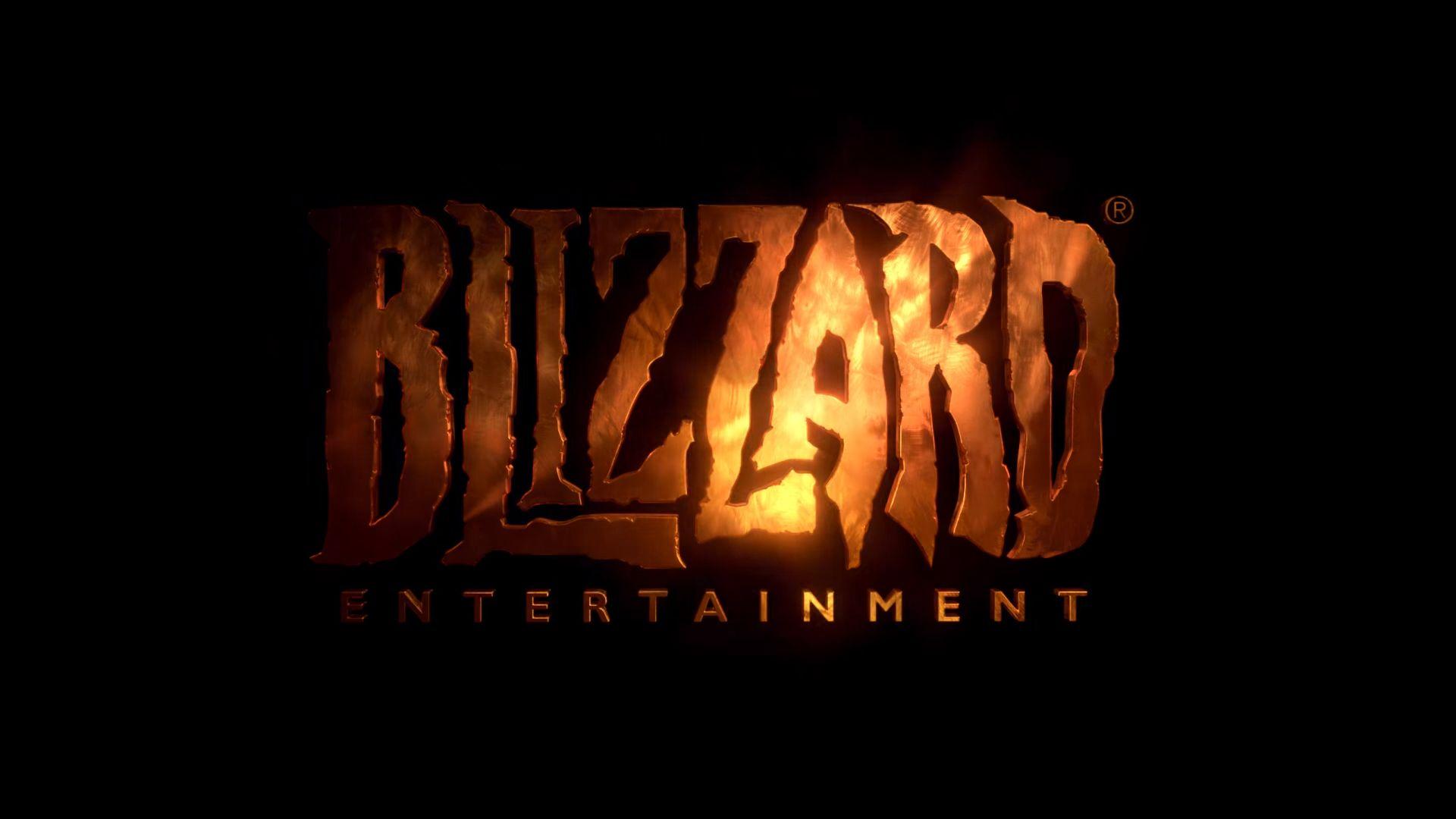Expanding on “Blizzard Polish”: Philosophy, Impact, and Paths Forward for World of Warcraft in 2025 and BeyondThis video published over eight years ago is a window into a different Blizzard, with different priorities and a commitment to entirely different values that ultimately produced far better experiences. It is time to review the methods and values that were the foundation of these earlier successes.Blizzard Polish—the meticulous iterative refinement that unified WoW at a 12M subscriber peak—must return to consolidate today’s fragmented 9M across variants into a singular, thriving powerhouse. “Blizzard Polish” has long been a hallmark of Blizzard Entertainment’s identity—a term coined in the early 2000s to encapsulate a design philosophy of meticulous iterative refinement, player-centric quality, and enduring appeal over rushed releases. In the context of World of Warcraft (WoW), this approach historically distinguished Blizzard from competitors, fostering a loyal “survivor” community and setting industry benchmarks for MMORPGs. As one veteran developer put it, it was about “lavishing absurd attention” on every detail, from spell animations to server stability. Blizzard’s iconic titles, led by World of Warcraft, face a pivotal moment: with over 9 million subscribers fragmented across variants and rivals advancing on modern engines, the path forward demands a return to Blizzard Polish—extended development cycles, launch-ready craftsmanship, and a full technical overhaul. By migrating to Unreal Engine 5 or equivalent, Blizzard can finally bridge the long-standing gap between its breathtaking cinematics and in-game worlds, delivering high-fidelity, immersive experiences that match the epic vision fans have seen for decades. This isn’t just about graphics—it’s about restoring unified, enduring excellence, eliminating technical debt, and reclaiming MMORPG dominance by making Azeroth look, feel, and play as grand as the trailers promise.
However, as WoW navigates 2025’s crowded market—amid a November 2, 2025 announcement of over 9 million subscribers distributed across at least five versions of the game (retail The War Within, Classic Era, Season of Discovery, Cataclysm Classic, and Legion Remix), daily averages of ~3,000–21,000 players (MMO Populations) or ~1.1M (ActivePlayer.io) post-The War Within (TWW) spikes, and rivals like Final Fantasy XIV boasting 8.5M—perceptions of decline from technical debt, diluted systems, and abandoned polish threaten its throne. This fragmentation—highlighted by content creator Bellular News in a video analysis as evidence of a “split player base” rather than unified growth, with Warcraft Logs data showing wild disparities in raid participation (e.g., TWW’s peak logs dwarfed by Classic variants’ steady engagement)—exemplifies how the loss of cohesive, polished experiences has led to player dilution, with retail struggling to retain momentum while nostalgia variants siphon engagement. The 9M figure, while a “new peak” in aggregate, represents a “bigger slice, bigger pie” paradox: broader ecosystem growth but thinner retail share, underscoring the need for unified, high-standard revival. This article delves into Blizzard Polish’s features, its golden-era triumphs (e.g., Wrath of the Lich King‘s [WotLK] unified 12M peak), the post-Activision erosion, and a roadmap to revival—contrasting TWW’s “minimal effort” PvP crates with Nazjatar’s campaigns—while addressing technical debt, “peak” nostalgia, and cautionary tales like New World‘s October 2025 maintenance-mode sunset after a $500M+ launch. Defining Blizzard Polish: Core Features and PhilosophyBlizzard Polish crystallized in the late 1990s–early 2000s, rooted in smaller, merit-driven teams (40–80 for WoW’s core) focusing on scoped excellence over ambition. WoW launched in 2004 after ~5 years of development on Warcraft III’s engine, prioritizing “above-average questing” and new-player joy amid rivals’ complexity (e.g., DAoC, SWG). This unified vision created a single, evergreen world that peaked at 12M subscribers in one cohesive ecosystem by 2010—contrasting today’s splintered 9M across variants, where no single version commands the same loyalty or scale, as Bellular notes with Warcraft Logs revealing TWW’s fleeting highs (e.g., 300K+ raiders at launch) versus Classic’s sustained 50K+ weekly logs.
These yielded “alive” worlds via “strike teams” and playtesting, creating unified peaks like WotLK’s 12M—unimaginable in today’s fragmented landscape, where the 9M aggregate masks retail’s ~2M core amid variant “slices.” Impact on Development
Post-2008 Activision merger, quarterly pressures rushed Shadowlands (2020, Metacritic 74/2.9), contributing to today’s variant split as players seek “peak” cohesion elsewhere—evident in Warcraft Logs’ data showing Classic’s steady raid logs outpacing TWW’s post-launch drop-off. End-User Experience: Benefits and Competitive EdgeWoW 2004’s Elwynn immersion vs. EQ II‘s clunk; TBC guilds outlasted DAoC. 12M subs (2010) crushed Runescape (1M). X echoes: “WoW was the most polished MMO experience.” The 9M figure, while headline-grabbing, masks this edge—retail’s ~2M active pales against a unified past, per Bellular’s breakdown of logs data revealing a “wild” disparity where Classic variants hold 40%+ of engagement despite smaller marketing pushes. Technical Debt: The Visual and Systemic Albatross2004 engine lags FFXIV‘s vistas/Ashes‘ UE5 nodes. TWW’s Dornogal lag; cinematics outshine ingame (e.g., Khaz Algar). New World‘s shutdown—post-peak 913K (2021) to <6K, unsustainable after $500M—warns of rushed AAA MMOs sans polish, echoing WoW’s variant fragmentation as a debt symptom, with logs data showing performance woes clipping TWW’s potential peaks. The “Peak” Phenomenon: Nostalgia or Objective Decline?WotLK Classic queues; Legion Remix (Q4 2025) hyped for artifacts. X/Reddit: 28% PvP neglect; Classic > TWW raids (RUIN data). The 9M split validates this: Variants thrive on “peak” systems (e.g., WotLK’s unified highs), but retail’s isolation signals objective gaps in cohesion and innovation—Bellarular’s “bigger pie” thesis posits growth via diversification, yet the “slice” per version shrinks, risking overall stagnation without polish to bind them. Reviving Blizzard Polish in 2025: Competing in a Crowded MarketRecommit to merit teams (200–400), 18–24 month cycles (FFXIV model). UE5 for 200+ PvP; Nazjatar objectives over TWW crates (unlimited Conquest dilutes sieges). Guild sovereignty (Ashes-style); cinematics-to-gameplay parity. Unify variants into a polished ecosystem—leveraging the 9M base for a singular resurgence, not siloed nostalgia, by cross-progression and shared events to consolidate logs data into one thriving peak.
RUIN’s Ashes/Star Citizen pivot reflects gaps, but Remix proves DNA. New World‘s demise? Rushed “slop” vs. polish. Return to standards: Smaller teams, merit hiring, no agendas—excellence wins, as Space Marine 2 (92% positivity), potentially consolidating WoW’s 9M into a unified powerhouse. Published by RUIN Gaming Community Leadership | November 3, 2025 #RUINGaming #BlizzardPolish #WorldOfWarcraft #MMORPG |


